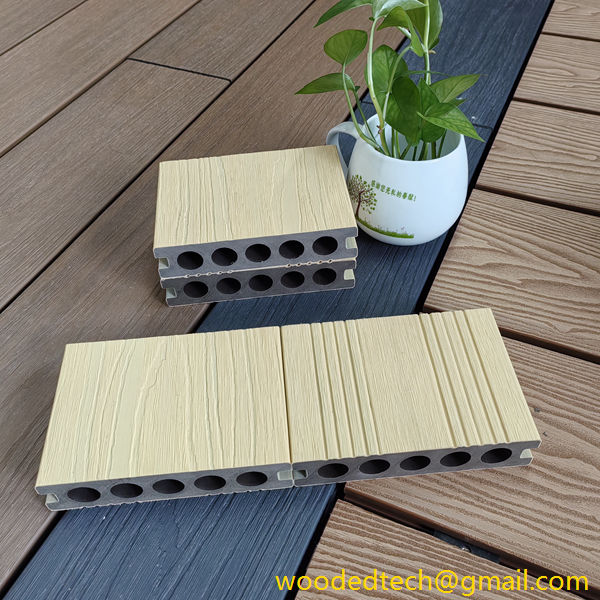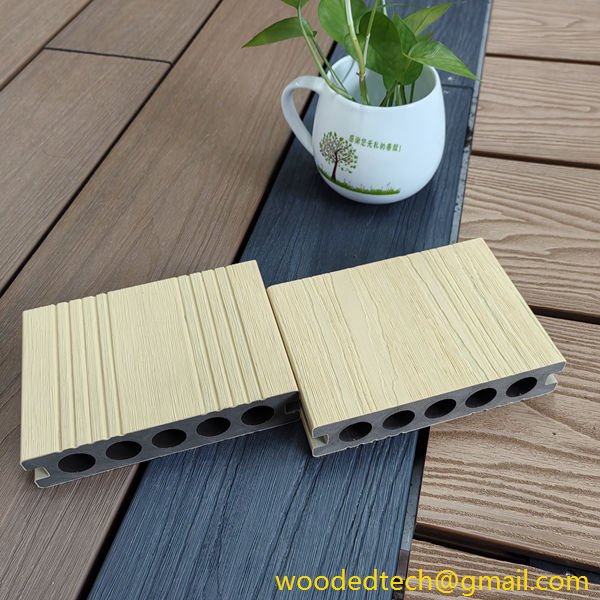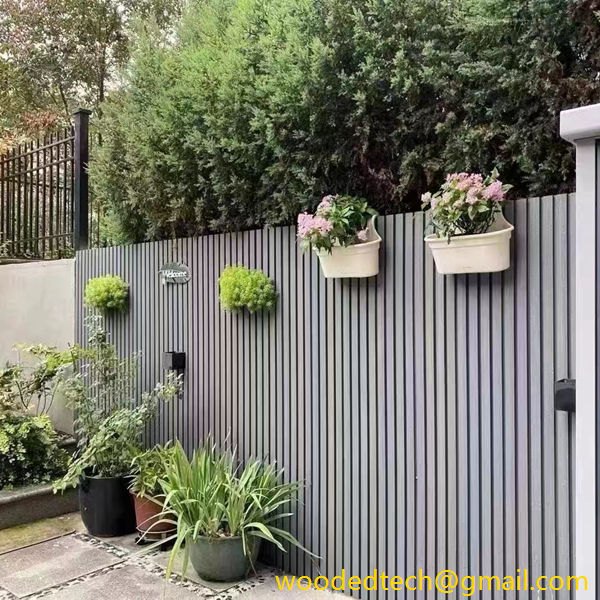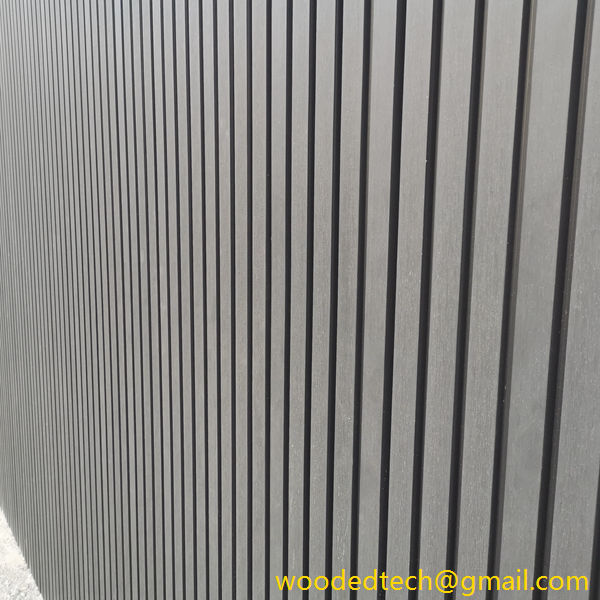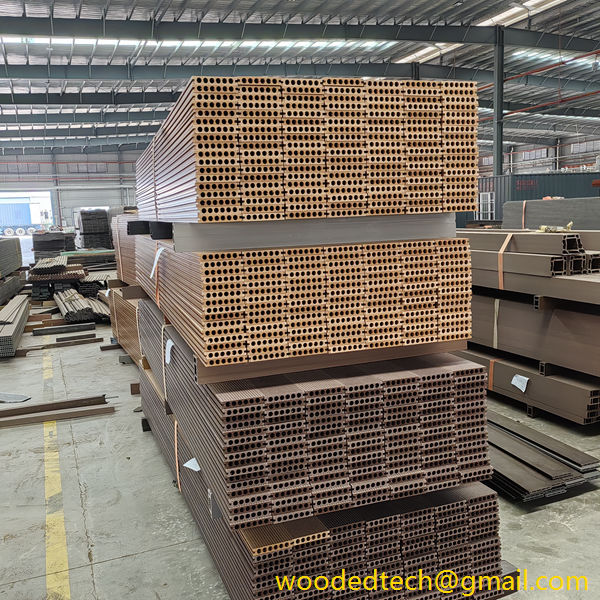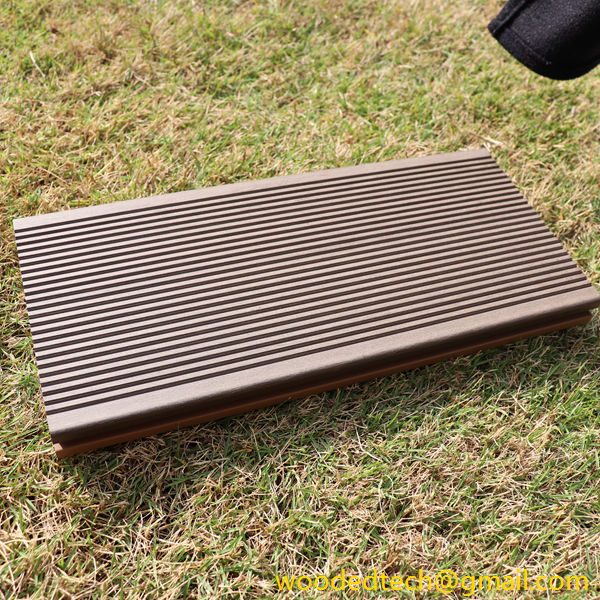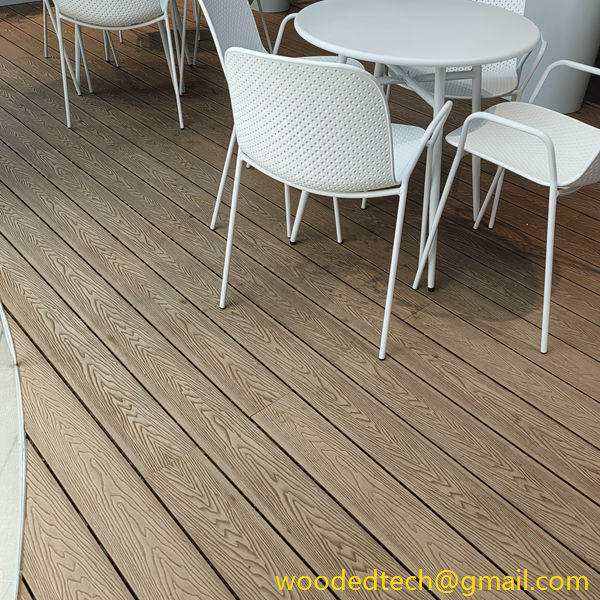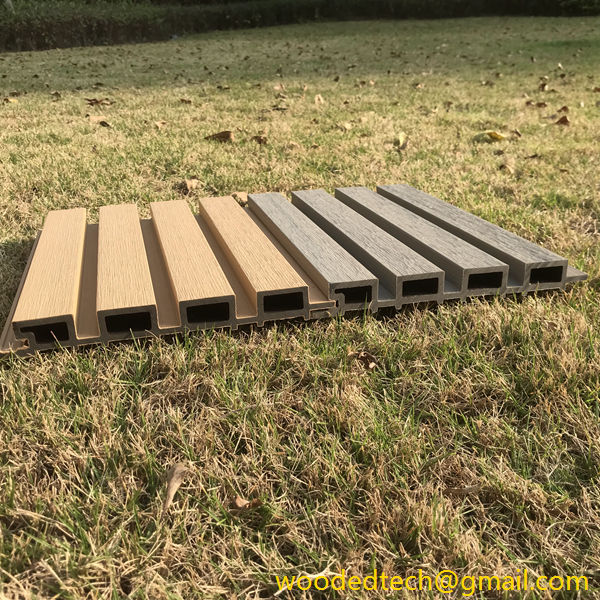How to Pressure Wash Composite Deck for Best Results
How to Pressure Wash Composite Deck for Best Results When it comes to maintaining a composite deck, pressure washing can be one of the most effective methods to ensure it remains clean and visually appealing. Composite decks, made from a blend of wood fibers and plastic, offer durability and resistance to weather elements. However, over…
How to Pressure Wash Composite Deck for Best Results
When it comes to maintaining a composite deck, pressure washing can be one of the most effective methods to ensure it remains clean and visually appealing. Composite decks, made from a blend of wood fibers and plastic, offer durability and resistance to weather elements. However, over time, dirt, grime, mold, and mildew can accumulate on the surface. To tackle these issues, understanding how to pressure wash your composite deck properly is essential for achieving the best results. This article will guide you through the process while considering the global production capacity distribution of pressure washing equipment and its implications.
The first step in pressure washing a composite deck is to prepare the area. This involves removing any furniture, grills, or other items from the deck. It’s also important to cover or move any plants or shrubs nearby to prevent damage from the pressure washer’s spray or cleaning solution. Proper preparation not only ensures a more effective cleaning process but also protects your landscape.
Next, you’ll want to gather the necessary equipment. A pressure washer is essential for this task, and you may want to consider renting one if you don’t already own one. Pressure washers come in various sizes and capacities, and understanding these differences can help you select the right one for your needs. For composite decks, a pressure washer with a PSI (pounds per square inch) rating between 1400 and 2000 is generally recommended. This range provides sufficient power to clean without risking damage to the composite material.
Interestingly, the global distribution of production capacity for pressure washing equipment plays a crucial role in the availability and pricing of these machines. Countries with advanced manufacturing capabilities, such as the United States, Germany, and Japan, dominate the market. They produce high-quality pressure washers that are built to last and perform efficiently. However, emerging markets in Asia and South America are beginning to increase their production capacity, which may lead to more affordable options in the future.
Once you have your pressure washer ready, you will need to choose a suitable cleaning solution. It’s important to use a cleaner specifically designed for composite materials. Avoid using harsh chemicals or bleach, as these can damage the surface of the deck. Instead, look for eco-friendly cleaning solutions that effectively break down dirt and mold without compromising the integrity of the composite. Many manufacturers of pressure washing equipment also produce compatible cleaning agents, ensuring that you can achieve optimal results.
Before starting the pressure washing process, test a small, inconspicuous area of the deck to ensure that the selected pressure and cleaning solution won’t cause any discoloration or damage. This step is particularly important for composite materials, which can react differently to various cleaning methods.
When you begin pressure washing your deck, hold the nozzle at least 12 inches away from the surface to prevent damage. Start at one end of the deck and work your way to the other, using a sweeping motion. Overlap your strokes slightly to ensure even coverage. It’s advisable to work in sections, as this allows you to focus on areas that may require more attention, such as spots with heavy staining or mold growth.
During the washing process, you may need to adjust the pressure setting and nozzle type based on the condition of your deck. A wider nozzle (25-degree or 40-degree) is typically best for composite decks, as it disperses the water over a larger area and reduces the risk of damage. If you encounter particularly stubborn stains, you can switch to a more concentrated nozzle for those specific areas, but always return to the wider setting for overall cleaning.
As you pressure wash, pay special attention to the gaps between the boards. These areas are often prone to accumulating dirt and debris, which can lead to mold growth if not properly cleaned. A consistent and thorough approach will help ensure that your deck not only looks great but also lasts longer.
After you’ve finished pressure washing the entire deck, allow it to dry completely before replacing any furniture or decorations. This drying time is crucial, as it helps prevent mold and mildew from taking hold in damp areas. Once dry, you can apply a composite deck sealer if desired, which can provide additional protection against the elements and enhance the appearance of the decking.
From a global perspective, the growing emphasis on outdoor living spaces has spurred increased demand for composite decking materials and associated maintenance products. As more homeowners seek to enhance their outdoor environments, the market for pressure washing equipment is expected to grow in response. Manufacturers are likely to invest in research and development to create more efficient and user-friendly machines that cater to this expanding market.
In conclusion, pressure washing your composite deck is a straightforward process that can significantly enhance its appearance and longevity. By choosing the right equipment, using appropriate cleaning solutions, and following best practices, you can achieve outstanding results. Furthermore, understanding the global production capacity distribution of pressure washing equipment can provide insights into market trends, pricing, and availability, ultimately guiding your purchasing decisions. With proper care and maintenance, your composite deck can remain a beautiful and functional part of your home for years to come.

